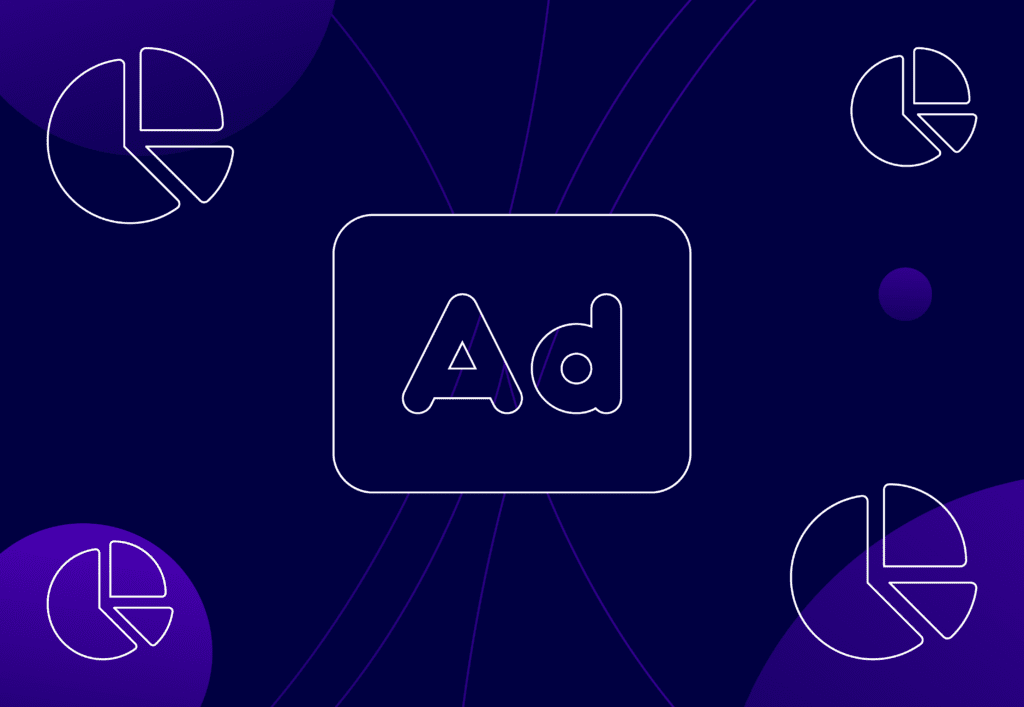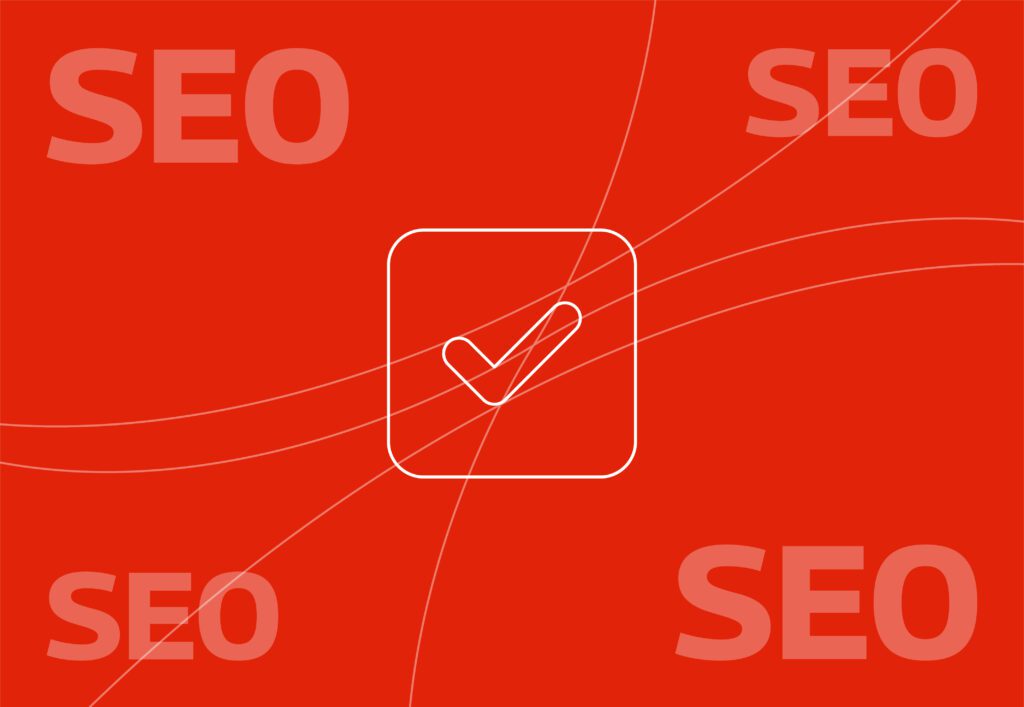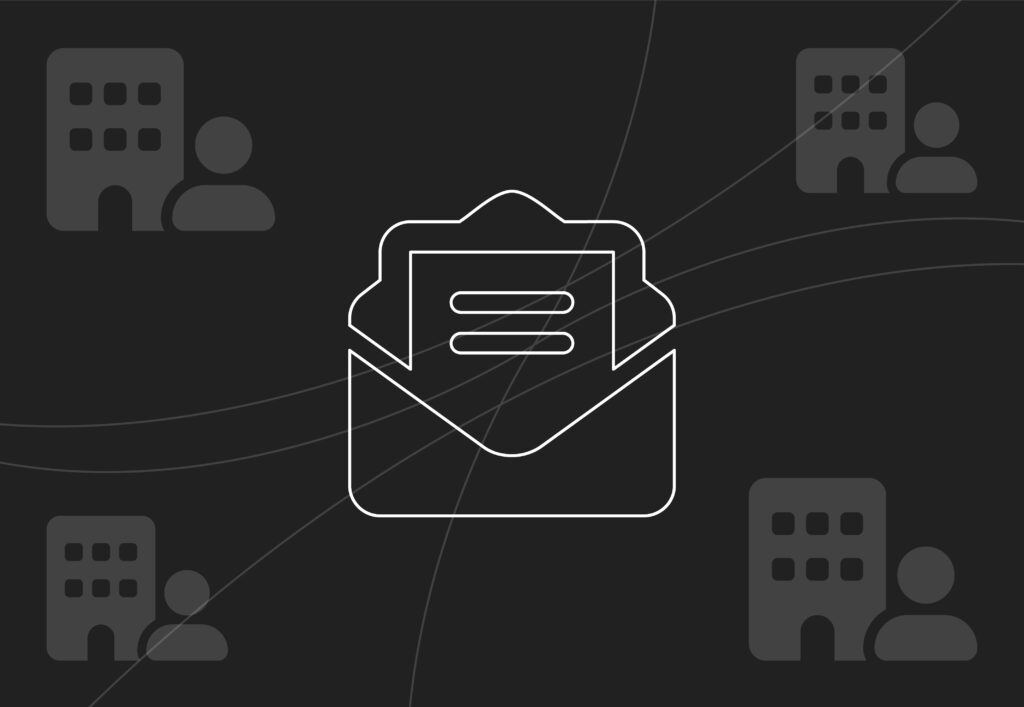
Top facts and figures about Microsoft advertising

When it comes to digital advertising, Google and Meta often dominate the conversation, with the two accounting for over 58% of total digital ad spend in the US in 2024. However, in recent years, Microsoft Ads has been quietly gaining ground, with revenue generated through the platform growing consistently by over 9% each year since 2022 and expected to reach $19.5 billion by 2026.
Often known as Bing Ads, Microsoft Ads has transformed into a sophisticated, data-driven platform. With placements across Bing, Yahoo, AOL, Xbox and more, Bing now has a reach of over 1 billion unique users each month. Microsoft’s acquisition of LinkedIn and integration with Netflix have further advanced its capabilities, allowing for enhanced targeting and further expanded reach.
In this blog, we’ll look at essential stats about Microsoft Ads that marketers should know in 2025 and why you should consider adding it to your marketing mix.
Why you should be using Bing Ads
Historically seen as an incremental PPC revenue driver alongside Google Ads, recent innovations have transformed Bing Ads into a smarter strategic choice that advertisers should leverage as part of their multi-channel marketing strategy. Advertisers can benefit from lower costs per click (CPC’s), strong B2B targeting capabilities, a high intent, desktop-focused audience and unique placements.
Below, we’ll dive deeper into some of the key advantages that make Bing a powerful addition to your PPC activity.
Lower cost per click
Bing boasts an average cost per click of £1.17 vs Google Ads at £2.0, that’s a 42% discount on each user that clicks on your ads and is brought to your site. This allows you to get more clicks for the same budget, whilst still reaching a high-quality audience. This provides increased visibility along with a reduced cost per acquisition and increased return on investment.
Enhanced B2B targeting options
In 2016, Microsoft acquired LinkedIn in a deal worth $26.2 billion, which provides the platform with an exclusive advantage by integrating Linkedin profile data – a game changer for B2B marketers. Advertisers can leverage professional demographic targeting in a way that is unavailable on both Google and Meta. In Bing, B2B marketers can target users based on job title, company size, industry, company name and more. By layering this targeting alongside high-intent keywords, search campaigns on Bing are a powerful B2B tool for reaching decision makers that are actively searching for your services.
High-intent desktop audience
Bing is the default search engine on many work machines and its user base is desktop-heavy compared to its competitors. In the UK bing holds 14% of the desktop search engine market compared to just 0.5% of the mobile search engine market. Desktop searches are usually higher intent and typically see higher conversion rates than mobile, especially for high-value and enterprise-level services in the legal, financial and software industries. Users conducting research or evaluating suppliers during work are likely to do so on their work machine and therefore through Bing. This provides a strategic advantage for B2B marketers and layered with Bing’s enhanced targeting options is a powerful tool for driving performance. For example, a HR support company can target HR directors through job title audience segments and through keyword targeting reach those that are actively researching and evaluating HR service suppliers.
Unique placements
Aside from standard Bing search ads, Microsoft Ads allows you to serve to their network of search partners. This includes search engines such as AOL, Yahoo, DuckDuckGO, Ecosia and more. Additionally, the Microsoft audience network provides a tool for advertisers to serve display ads across Microsoft-owned properties, partner publisher sites, native placements as well as on their gaming and entertainment inventory including the Xbox dashboard. This provides advertisers with significant inventory for increasing their visibility as well as opportunity to reach a diverse and engaged audience, boost brand recall and drive ROI.
Lower competition
With few advertisers seeing the full benefits of Microsoft Ads and utilising it, competition on the platform is lower. This results in lower CPC’s, meaning advertisers can secure top positions at a fraction of the cost. In niche and local markets, this can be leveraged to dominate impression share and market share without the need for a large enterprise-level budget.
Revenue and growth trends
In recent years Microsoft Ads has had significant growth in both revenue and market share. In this section we’ll explore key statistics that highlight this:
- Microsoft Ads revenue grew 13.4% between 2024 and 2025
- Revenue is expected to grow a further 12.2% in 2026 to $19.53 billion
(Source)
Between March 2024 and March 2025
- Bing total search engine market share worldwide grew 20%
- Bing total search engine market share in the UK grew 7%
- Bing total search engine market share in Europe grew 18%
- Desktop search engine market share worldwide 19%
- Desktop search engine market share in the UK grew 15.4%
- Desktop search engine market share in the US grew 3.4%
- Mobile search engine market share in the UK grew 8.3%
- Mobile search engine market share worldwide grew 25%
- Mobile search engine market share in Europe grew 5.7%
Microsoft Ads is a powerful platform with reach across the entire Microsoft ecosystem as well as their search partner network. The following stats show how far reaching and impactful the network has become:
- Bing holds 4% of the total search engine market share worldwide.
- 7.56% of the total search engine market share in the US
- 4.23% of the total search engine market share in the UK
- 12.21% of the desktop search engine market share worldwide
- 14.4% of the desktop search engine market share in the UK
- 17.55% of the desktop search engine market share in the US
- 0.64% of the mobile search engine market share worldwide
- 0.52% of the mobile search engine market share in the UK
- 1.08% of the mobile search engine market share in the US
- Receives 16.6 billion monthly searches on PC worldwide
- 749 million unique PC users globally
- 20.7% of the global PC market share
- Microsoft Audience Network provides a broad reach with over 700 million monthly users engaging with Microsoft products (https://poweradspy.com/microsoft-audience-network/)
- 548.4 million monthly PC searches in the UK
- 28 million unique PC users in the UK
- 9.1 billion monthly PC searches in the US
- 165 million unique PC users in the US
UK Audience Demographics
Microsoft’s advertising search presence in the UK is more significant than many marketers realise, with millions of users searching across Bing and their partner network each month. The following stats highlight the size and behaviour of their search traffic in the UK:
- 33% of users have a household income in the top 25%
- 50% graduated from college
- 64% are under the age of 45
- 60% use search engines for online product research
- 41% use search engines for brand discovery
- 57% are under the age of 45
- 46% are married
- 44% are female and 56% are male
- 57% have children living at home
- 57% of B2B users are business decision makers
- 24% of B2B users audience network are senior business decision makers
- 48% of B2B users have household income in the top 25%
US Audience Demographics
Bing holds a significant share of the search engine market in the US compared to other regions with 7.5% of the total and 17.5% of the desktop market. For marketers looking to launch or expand international campaigns, the US market presents a high value opportunity. The stats below break down who exactly is using Bing in the US, their behaviours and demographics.
- 63% use search engines for online product research
- 39% use search engines for brand discovery
- 54% are under the age of 45
- 47% are female and 53% are male
- 49% graduated from college
- 41% have household income in the top 25%
- 50% are married
- 58% have children living at home
- 56% of B2B users are business decision makers
- 30% of B2B users are senior business decision makers
- 52% of B2B users have household income in the top 25%
(Source)
Ad Performance & ROI
When it comes to return on investment (ROI) and ad performance, Bing provides efficient metrics thanks to their cheaper cost per clicks and advanced targeting options. The following stats show how Bing can be a valuable tool for marketers and how metrics compare to their main competitor Google:
- The average Click Through Rate (CTR) across all industries on Bing is 2.83%
- The average CPC on Bing across all industries is £1.17
- The average CPC for B2B services is £0.87
- Average Cost Per Action (CPA) across all industries of £31.25
- Average CPA in the B2B services industry of £40.82
- Bing has an average Conversion Rate (CR) of 2.94%
- Average ROI of £2.53 for every £1 spent this is 26% stronger than Google at an average ROI of £2.
(Sources: Wordstream, Conquer the Internet)
Other key stats
If the above stats haven’t convinced you that you should test Bing ads then here’s some more that might tip the scale:
- Bing can be used in 105 languages and is available in 238 countries
- 44 million desktop users use bing exclusively and are not on Google
- Youtube is the most searched term on Bing in the US
- 32% of Bing users spend more online than the average Google user
- Bing has received over 1 billion chats on its AI chat since launch and generated over 750 million AI images.
(Source)
Conclusion
Microsoft Advertising has evolved far beyond its reputation as an incremental revenue driver alongside Google. Thanks to cheaper cost per clicks, lower competition, improved targeting capability and an ever expanding inventory of placements it’s become a strategic choice for marketers looking to get the most out of their ad spend.
The stats don’t lie, whether you’re focused on driving B2B leads, increasing brand visibility, expanding into new markets or making your current PPC efforts more efficient – Microsoft Ads offers clear advantages. With continuous innovations, including their partnership with Netflix, acquisition of LinkedIn and launch of Microsoft Copilot ,they are set to continue increasing their market share and growing stronger as an advertising platform.
If you haven’t tested Bing ads already, now is the time. With the right strategy, it can deliver strong results often at a fraction of the cost of other platforms.


